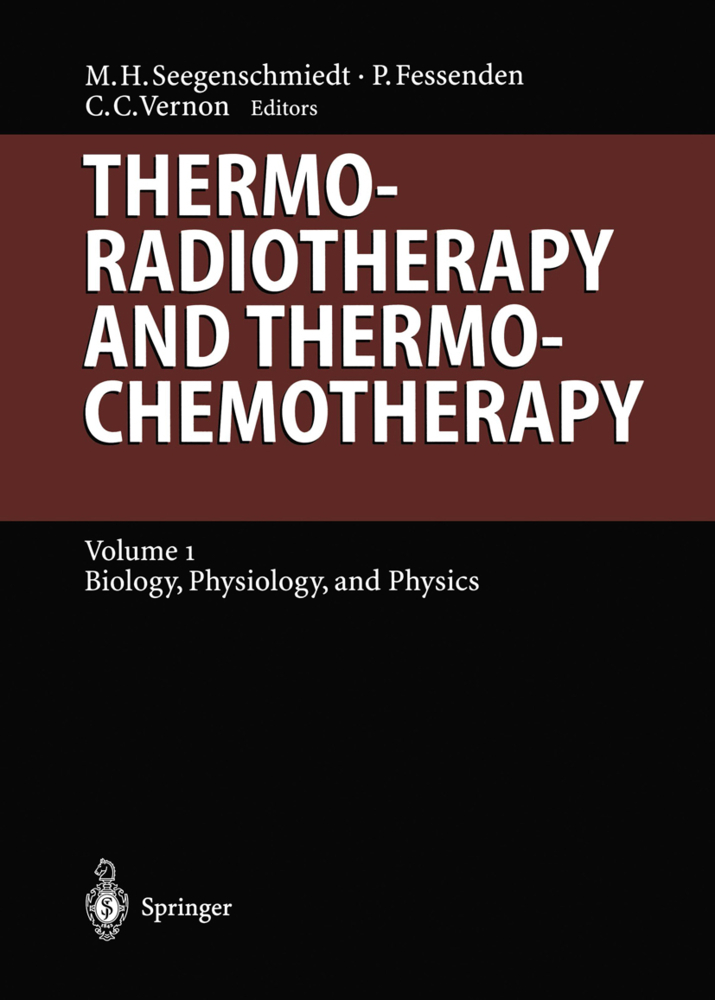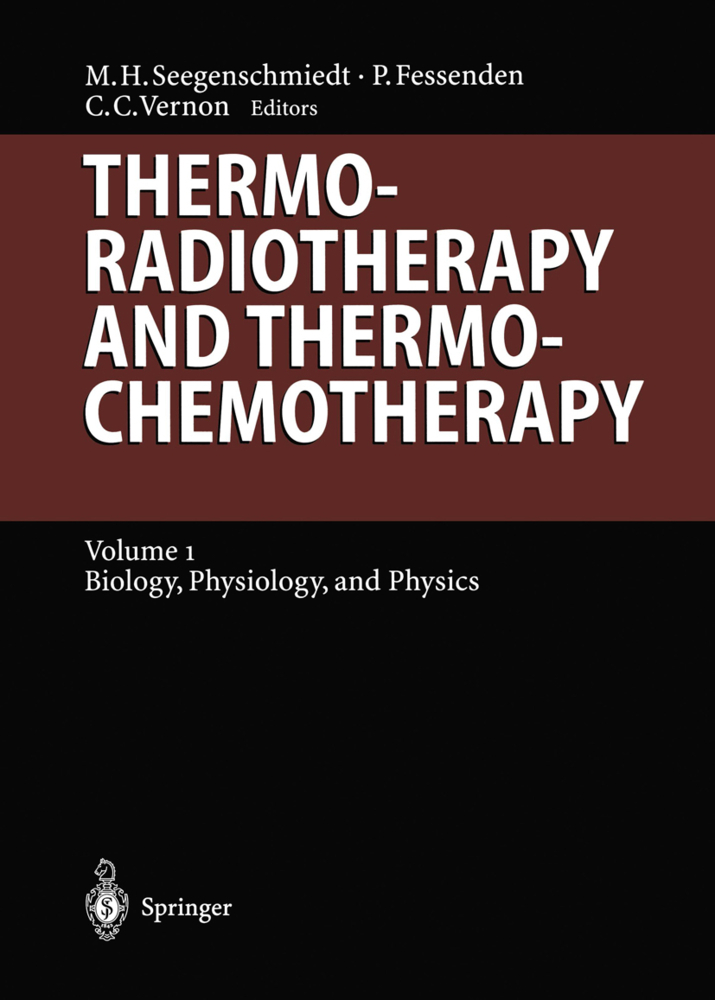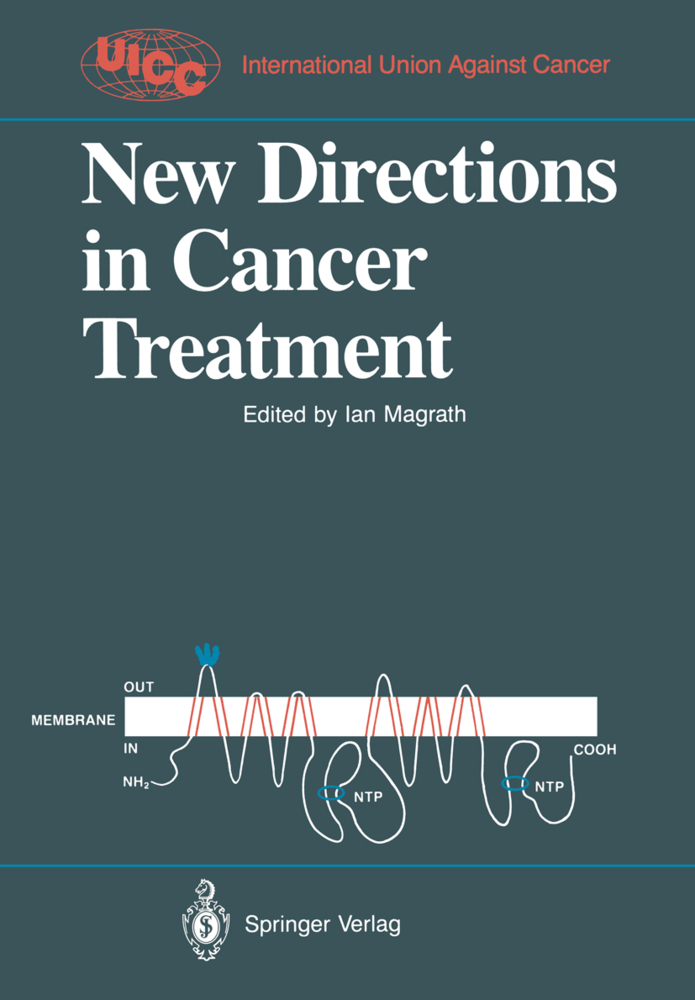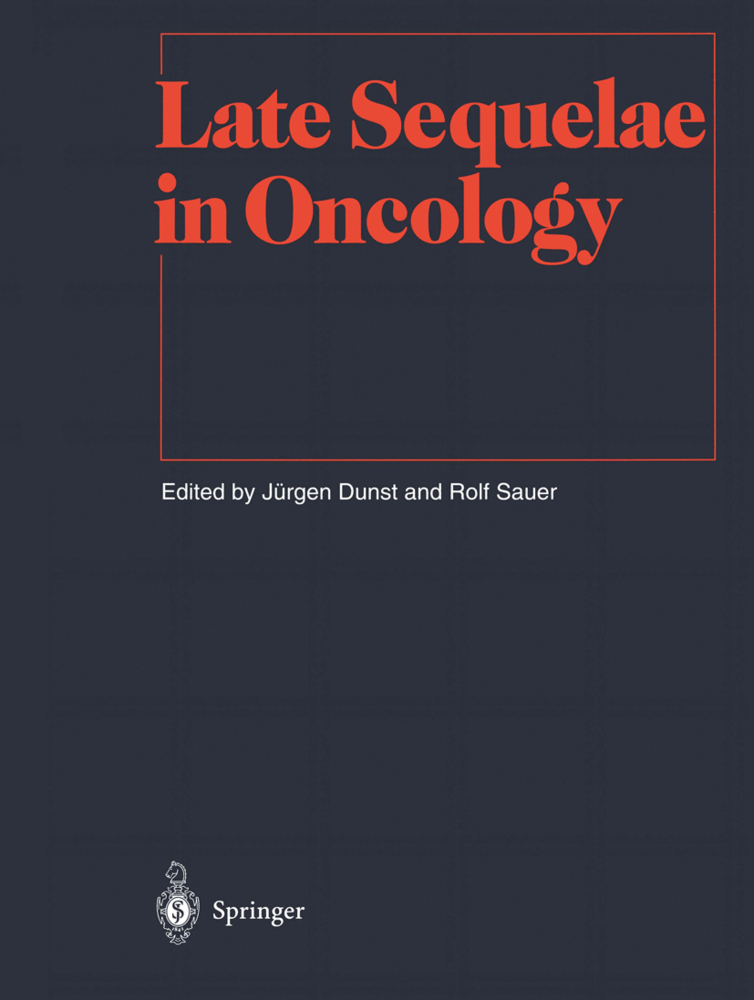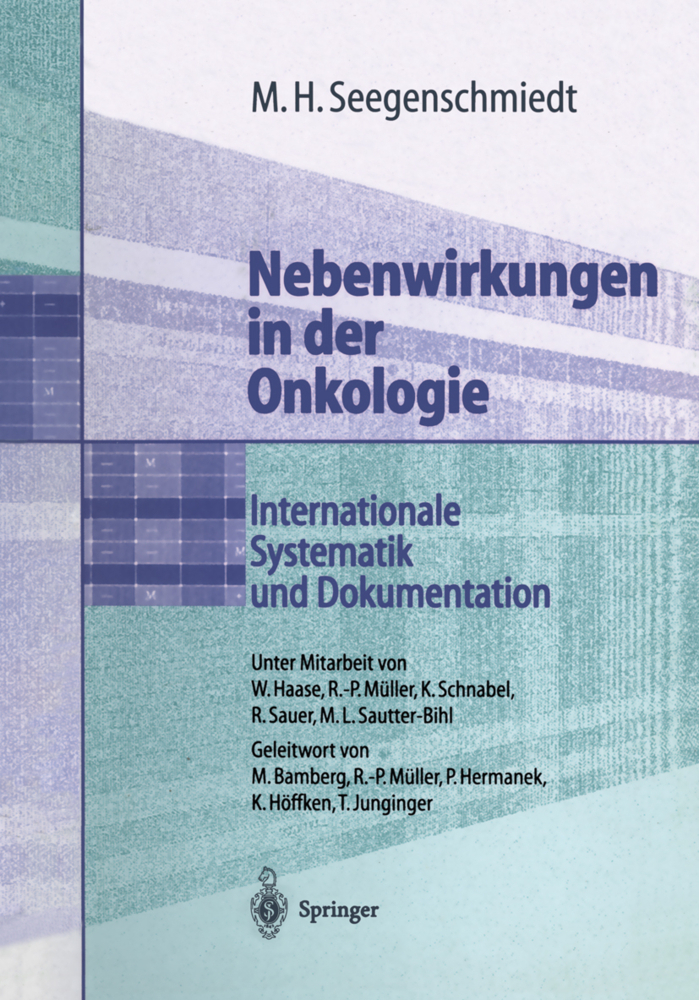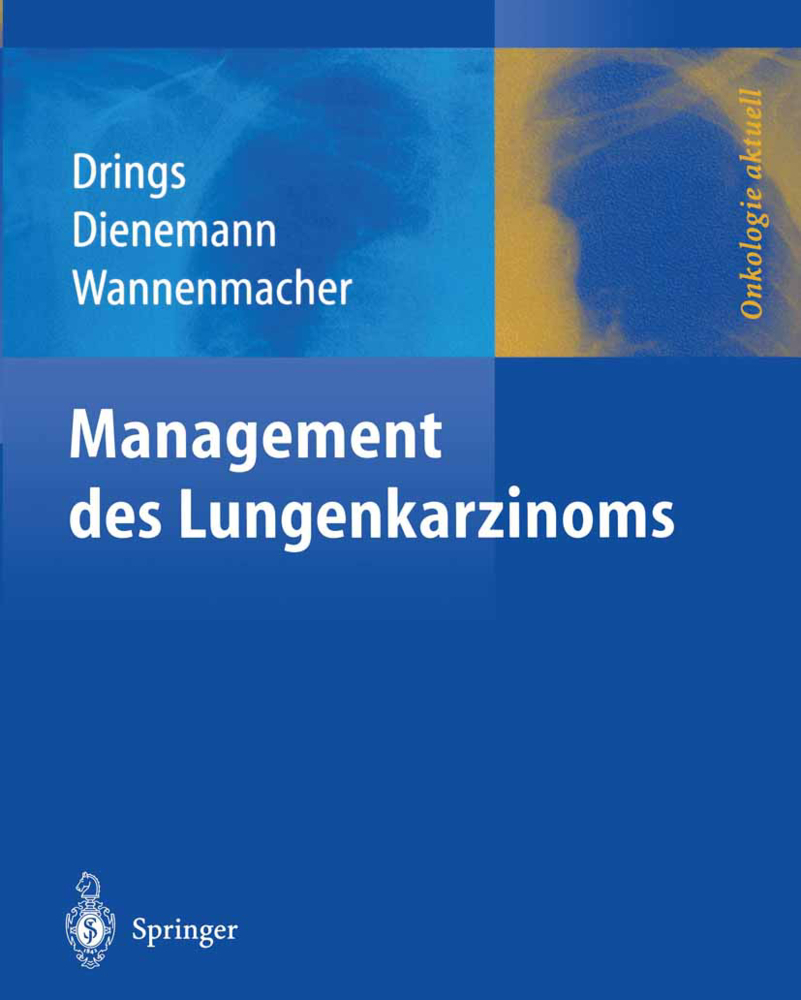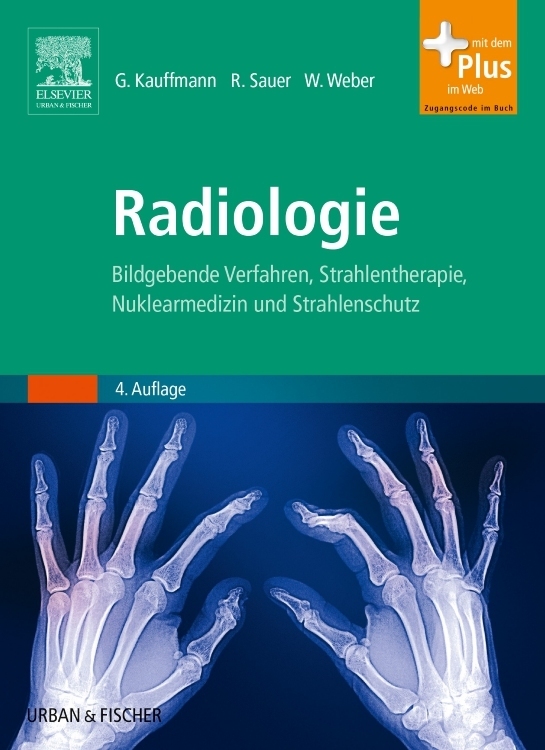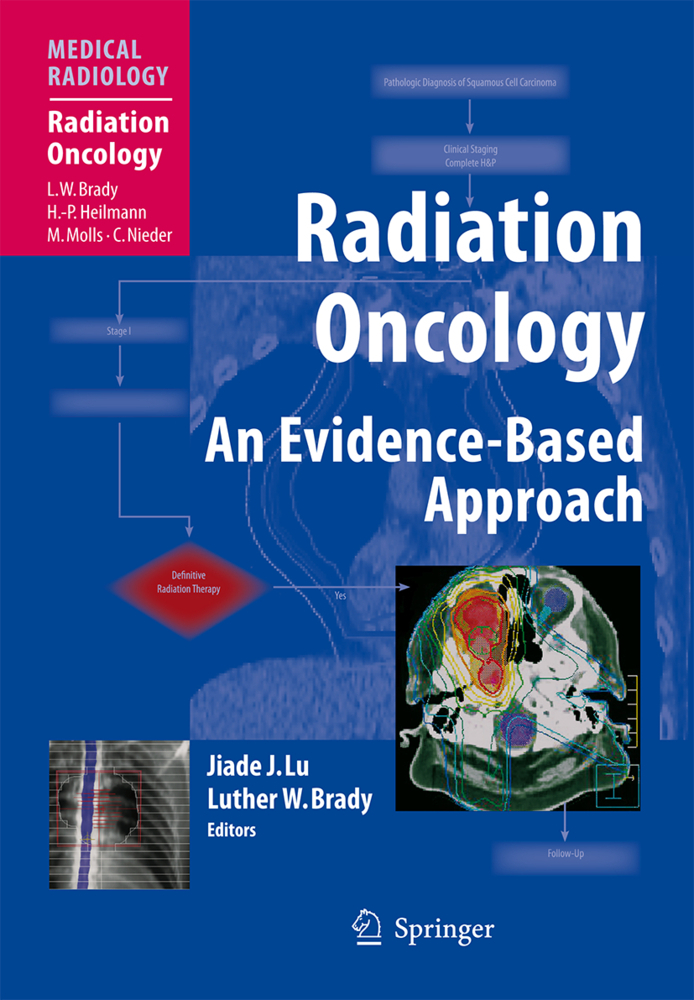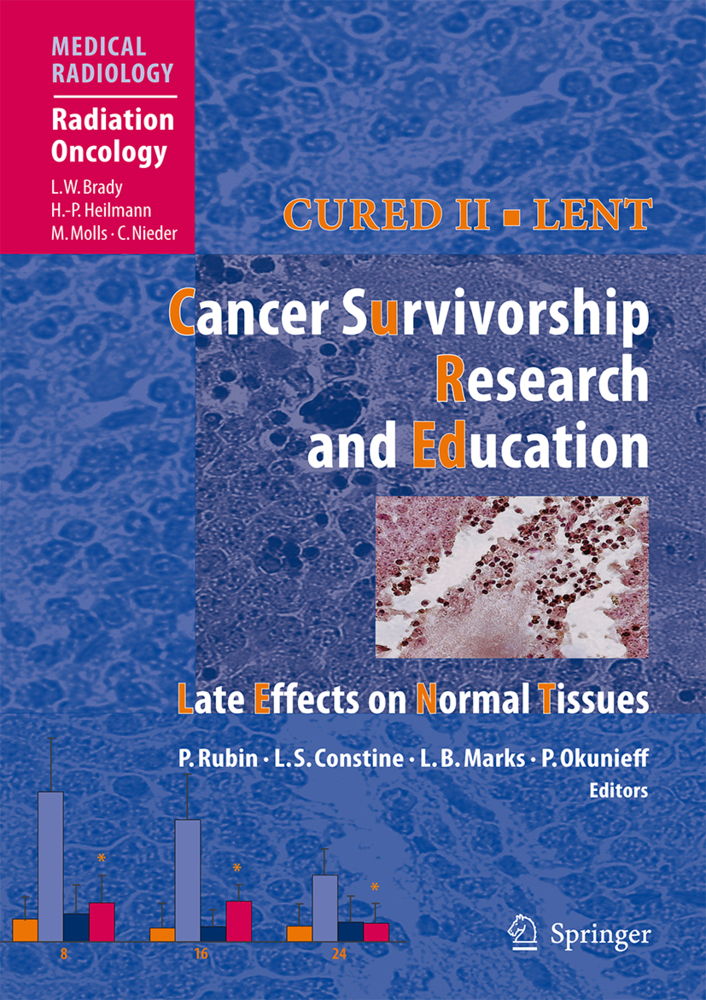Thermoradiotherapy and Thermochemotherapy
Biology, Physiology, Physics
Thermoradiotherapy and Thermochemotherapy
Biology, Physiology, Physics
Hyperthermia has been found to be of great benefit in combination with radiation therapy or chemotherapy in the management of patients with difficult and com plicated tumor problems. It has been demonstrated to increase the efficacy, of ionising radiation when used locally but also has been of help in combination with systemic chemotherapy where hyperthermia is carried out to the total body. Problems remain with regard to maximizing the effects of hyperthermia as in fluenced by blood flow, heat loss, etc. The present volume defines the current knowledge relative to hyperthermia with radiation therapy and/or chemotherapy, giving a comprehensive overview of its use in cancer management. Philadelphia/Hamburg, June 1995 L.W. BRADY H.-P. HEILMANN Preface In an attempt to overcome tumor resistance, hypoxia, or unfavorable tumor condi tions, oncological research has come to focus on gene therapy, immunotherapy, new cytotoxic agents, and increasingly sophisticated radiotherapy. Radiation research has been directed towards heavy particle therapy and modification of the radiation response by either protecting or sensitizing agents. Improved dose localization using rotational or conformal strategies has also been implemented. Recently, changes in radiation fractionation schedules have shown promise of better results. Hyperthermia in cancer therapy can be viewed similarly as another means to increase the sensitivity of tumors to radio- and chemotherapy.
Biological Principles
2 Molecular and Cellular Mechanisms of Hyperthermia
3 Thermotolerance
4 Interaction of Heat and Radiation In Vitro and In Vivo
5 Interaction of Heat and Drugs In Vitro and In Vivo
6 Thermal Dosimetry
Pathophysiological Mechanisms
7 Microvasculature and Perfusion in Normal Tissues and Tumors
8 Metabolic Status and Reaction to Heat of Normal and Tumor Tissue
9 Manipulation of Physiological Parameters During Hyperthermia
Physical Principles and Engineering
10 Electromagnetic Superficial Heating Technology
11 Electromagnetic Deep Heating Technology
12 Ultrasound Heating Technology
13 Interstitial Heating Technologies
14 Intracavitary Heating Technologies
15 Invasive Thermometry Techniques
16 Recent Trends in Noninvasive Thermal Control
17 Phantom Design: Applicability and Physical Properties
18 Principles of Power Deposition Models
19 Basics of Thermal Models
20 Principles of Treatment Planning
21 Technical and Clinical Quality Assurance
List of Contributors.
Historical Review
1 A Historical Perspective on Hyperthermia in OncologyBiological Principles
2 Molecular and Cellular Mechanisms of Hyperthermia
3 Thermotolerance
4 Interaction of Heat and Radiation In Vitro and In Vivo
5 Interaction of Heat and Drugs In Vitro and In Vivo
6 Thermal Dosimetry
Pathophysiological Mechanisms
7 Microvasculature and Perfusion in Normal Tissues and Tumors
8 Metabolic Status and Reaction to Heat of Normal and Tumor Tissue
9 Manipulation of Physiological Parameters During Hyperthermia
Physical Principles and Engineering
10 Electromagnetic Superficial Heating Technology
11 Electromagnetic Deep Heating Technology
12 Ultrasound Heating Technology
13 Interstitial Heating Technologies
14 Intracavitary Heating Technologies
15 Invasive Thermometry Techniques
16 Recent Trends in Noninvasive Thermal Control
17 Phantom Design: Applicability and Physical Properties
18 Principles of Power Deposition Models
19 Basics of Thermal Models
20 Principles of Treatment Planning
21 Technical and Clinical Quality Assurance
List of Contributors.
Seegenschmiedt, M.Heinrich
Fessenden, Peter
Vernon, Clare C.
Brady, L.W.
Bolomey, J.C.
Heilmann, H.-P.
Burgman, P.
Choi, I.B.
Crezee, J.
Dahl, O.
Dewhirst, M.W.
Diederich, C.J.
Felix, R.
Hynynen, K.
Kelleher, D.K.
Konings, A.W.T.
Lagendijk, J.J.W.
Le Bihan, D.
Lee, E.R.
Li, G.C.
Mizushina, S.
Mooibroeck, J.
Nadobny, J.
Nah, B.S.
Nussenzweig, A.
Olmi, R.
Osborn, J.L.
Paulsen, K.D.
Prescott, D.M.
Roos, D.I.
Sahu, S.K.
Schneider, C.J.
Seebass, M.
Seegenschmiedt, M.H.
Song, C.W.
Stauffer, P.R.
Streffer, C.
Dijk, J.D.P. van
Roon, G.C. van
Vaupel, P.W.
Vernon, C.C.
Visser, A.
Waterman, F.M.
Wust, P.
| ISBN | 978-3-540-57229-9 |
|---|---|
| Artikelnummer | 9783540572299 |
| Medientyp | Buch |
| Copyrightjahr | 1995 |
| Verlag | Springer, Berlin |
| Umfang | XII, 483 Seiten |
| Abbildungen | XII, 483 p. |
| Sprache | Englisch |

